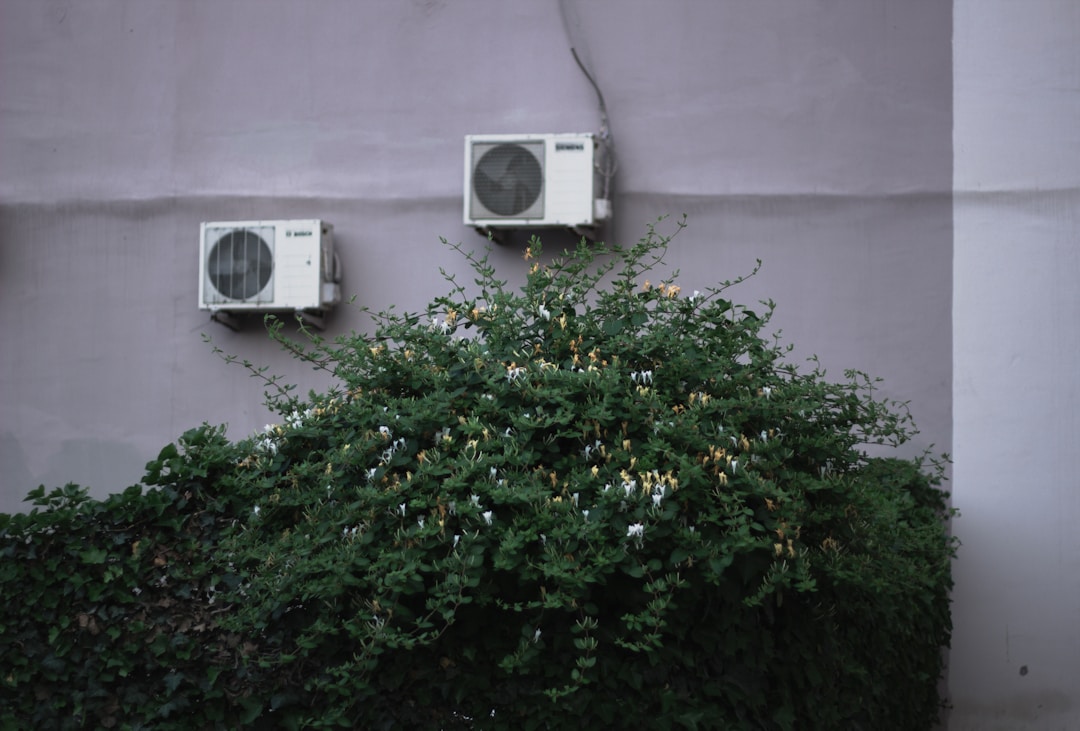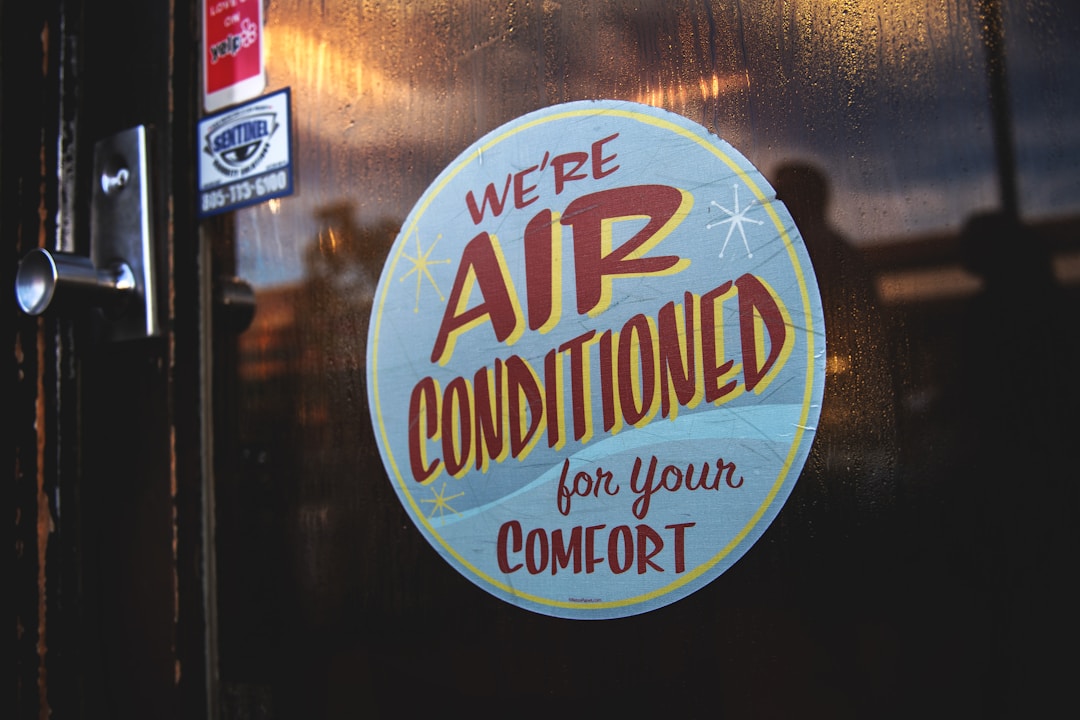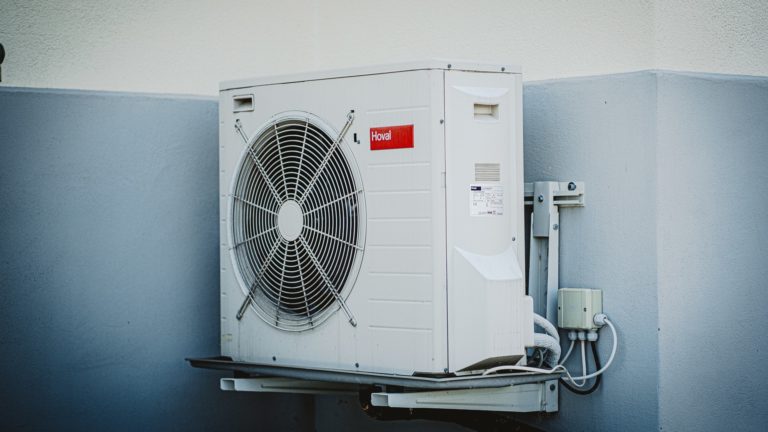Is your central air not doing the job it used to during the summer? How about your furnace during the winter? It’s possible that something is keeping your home’s HVAC system from properly doing its job.
If you notice that the airflow isn’t quite what it used to be, there’s a strong possibility that something is clogging your ductwork. Here are a few recommendations to keep in mind to ensure your HVAC stays humming regardless of the temperature outside.
1. Routine Technician Visits

One of the easiest HVAC maintenance steps that you should take as a homeowner is to keep in touch with an HVAC professional. Experts recommend having a technician come in once or twice per year to evaluate the unit and ductwork to assure it is operating at its finest capacity. This is an opportune time for some homeowners to have their ducts cleaned out. A dry vacuum can be utilized to remove any moisture that’s lingering in the ducts that may be creating a breeding ground for mold and other dangerous bacteria.
This will also help to spot any leaks in ductwork that can allow some unfortunate critters to sneak into a cooling system. You can also take preventive measures for your AC unit by spotting any equipment issues early on. This will save you hundreds, even thousands, in expenses down the line.
2. Clean or Replace Air Filters
As part of routine maintenance, homeowners should regularly clean or change air filters to keep their HVAC system running smoothly. These filters can become crusted with dust and other allergens that can impact your indoor air quality. This can trigger allergy symptoms, or even lead to more medical complications down the line for residents. Changing air filters is recommended prior to the heating season and cooling season to assure clean filtration through the times of greatest use.
Maintaining these regular intervals will help to prevent ducts from getting gunked up, putting more pressure on your HVAC unit. If you don’t feel the cool or hot air doing its job, you’ll rush to the thermostat. This block of airflow is just running up your energy costs with each passing month.
3. Clearing Debris

If your HVAC system comes with an outdoor unit, it’s important to make sure that part of the system is also kept free of any soiling. An outdoor unit should be cleared of any dirt or vegetation to prevent debris from clogging up refrigerant lines. It’s a good idea to clear the area before installation and regularly trim to avoid any issues arising as part of AC maintenance. These simple steps will keep a blower running strong regardless of the season.
Shutting down power to the unit and taking a hose to the outdoor system will help to remove debris. Be sure to also have an HVAC technician check any tubes or drains for any blockage that may be accrued seasonally, especially during the fall when leaves and other muck find their way into the system.
4. Power Issues

Soiling and wear and tear can also have an impact on your home’s thermostat. Dust and gunk can accrue inside the unit, messing with wiring and causing a problem with a thermostat’s connection to a central air conditioner or furnace. This is a quick fix for any homeowner with a manual unit but could require an electrician or HVAC professional if the issue still exists after that cleaning.
One way to avoid this issue in the long run, and also gives you another chance to save on your energy bills, is through smart or programmable thermostats. This allows for homeowners to control when an HVAC system turns on, avoiding running it all day long and preventing greater accrual of dust and other debris in ductwork.

